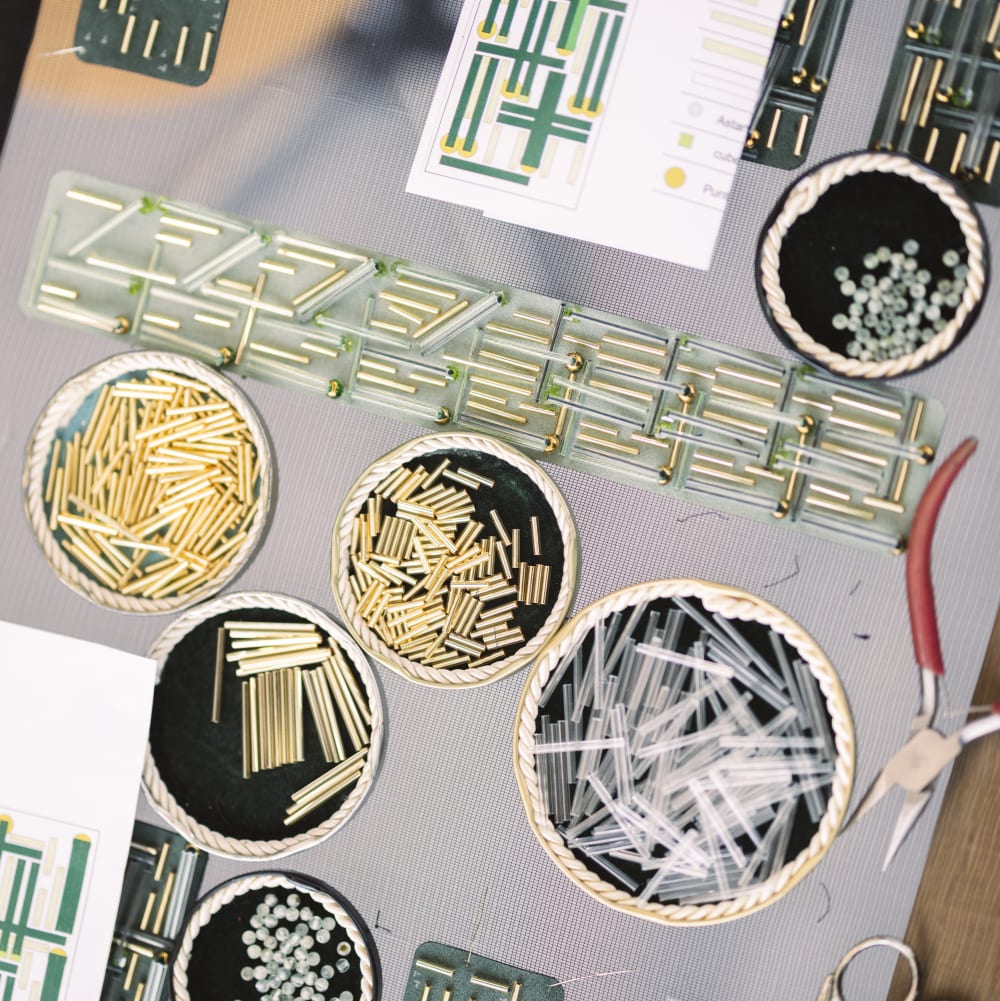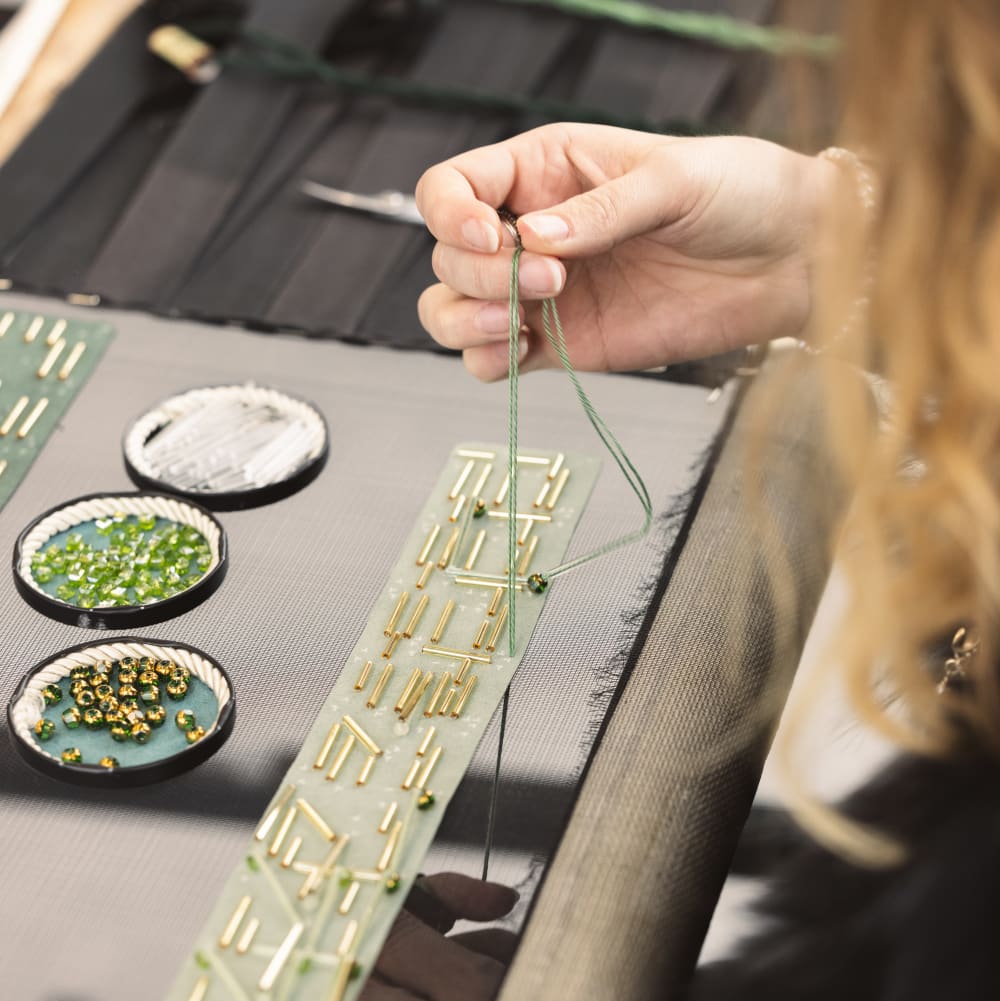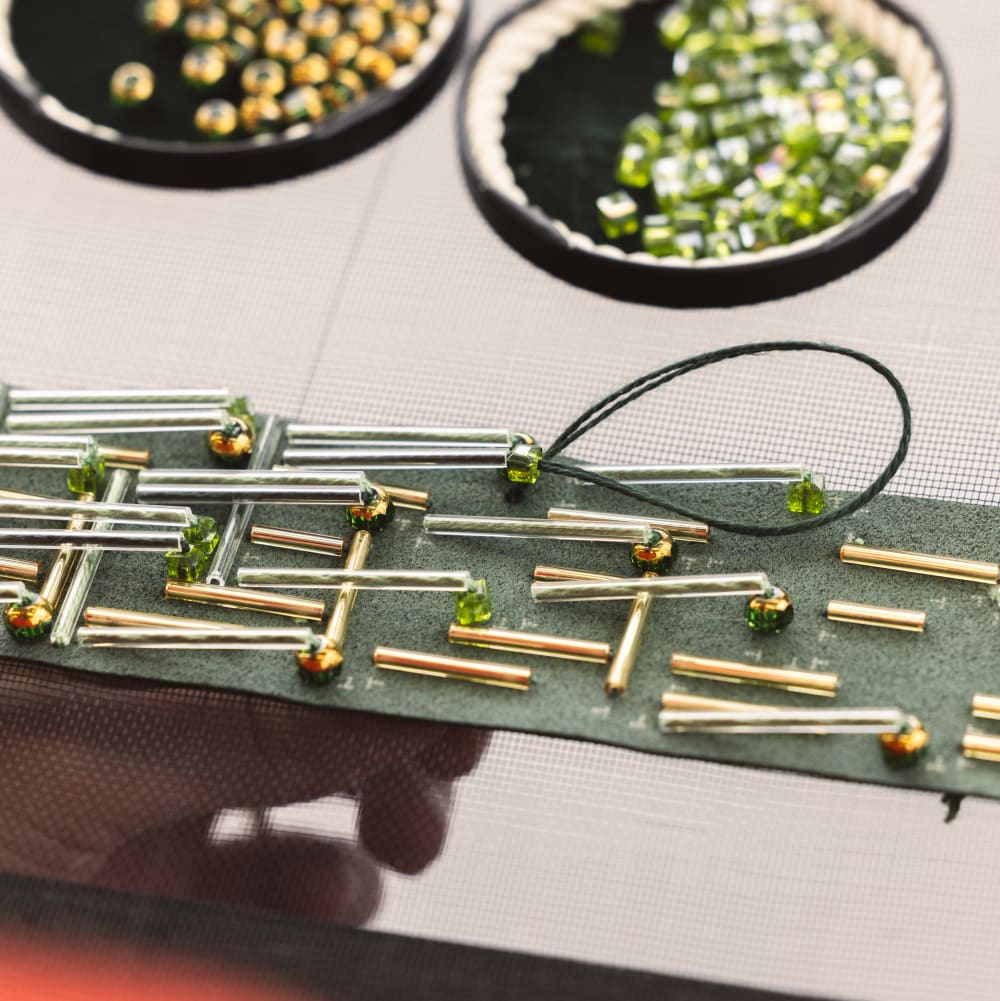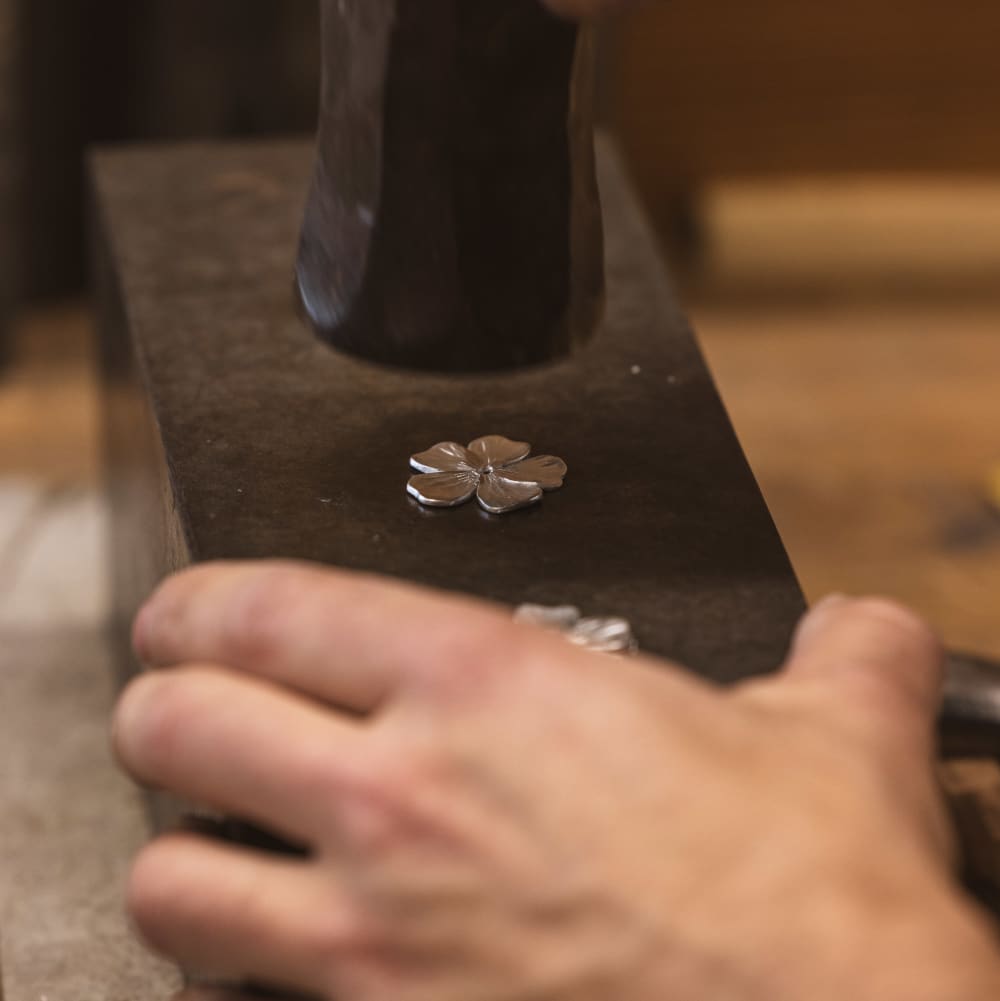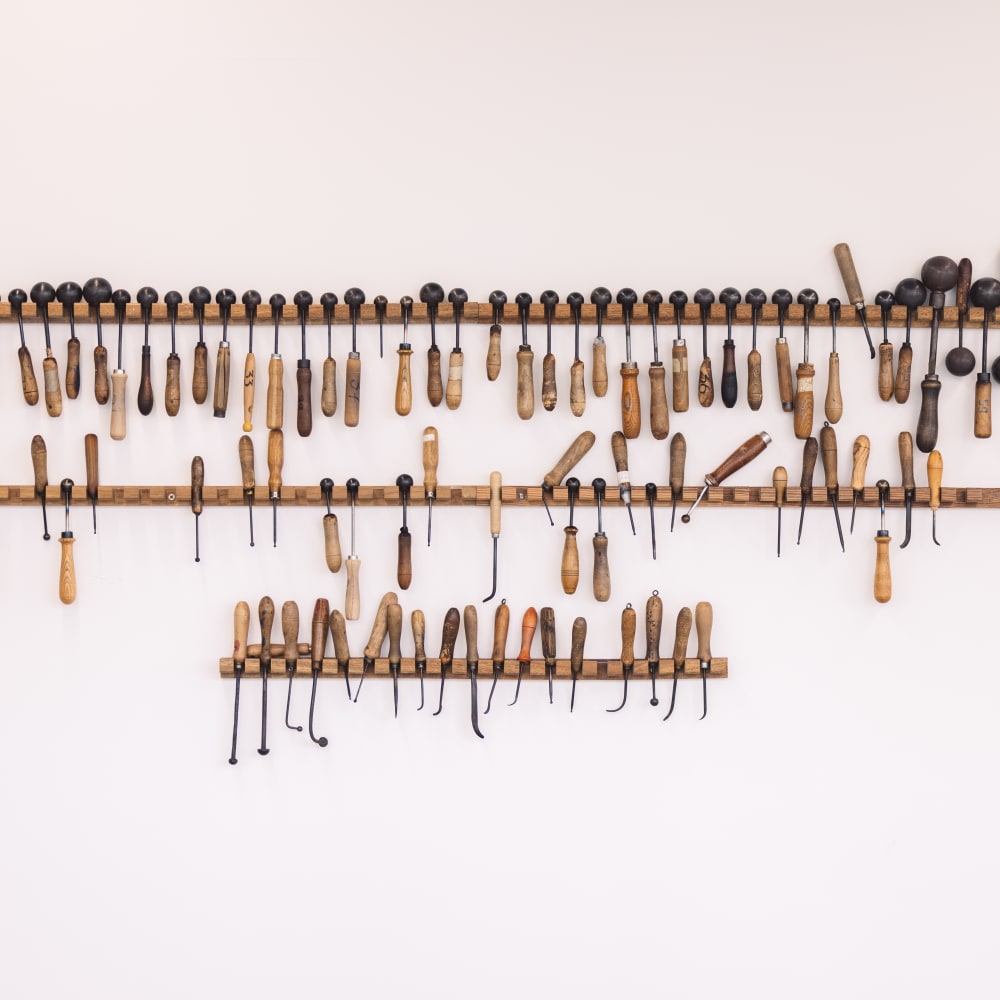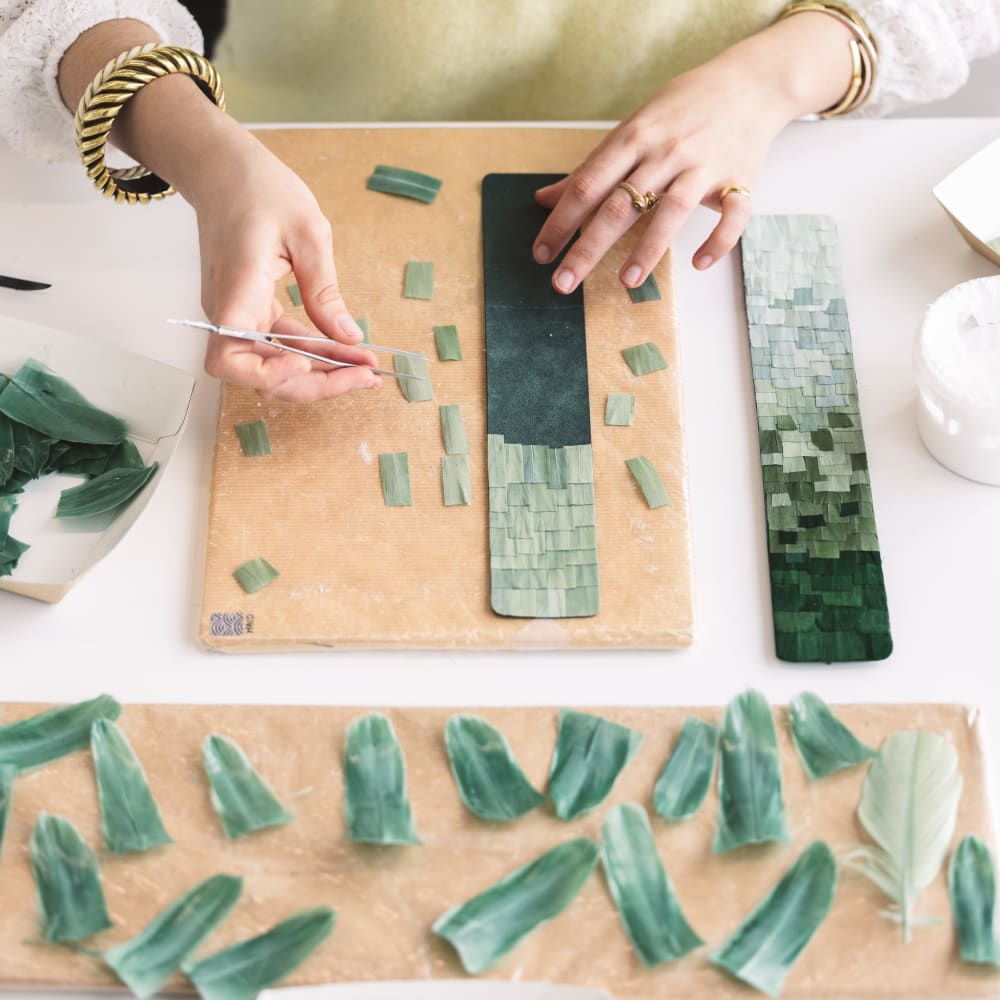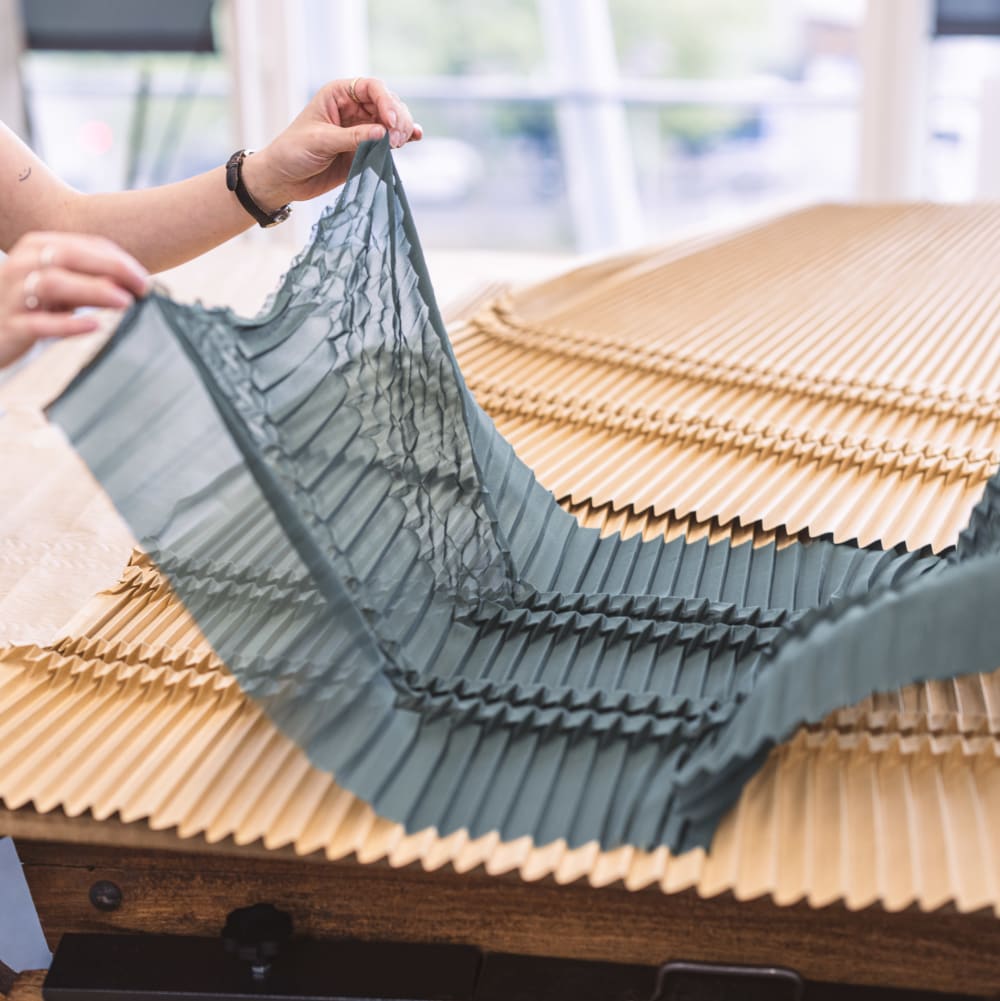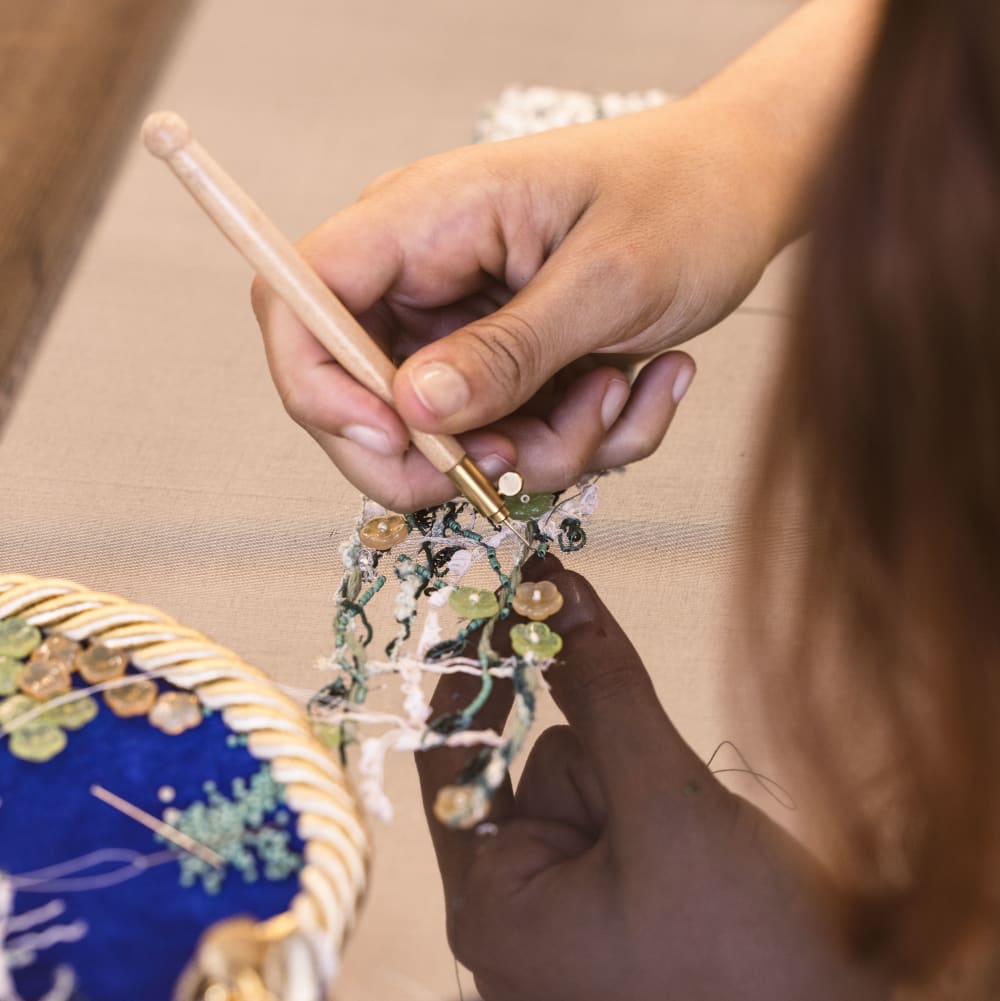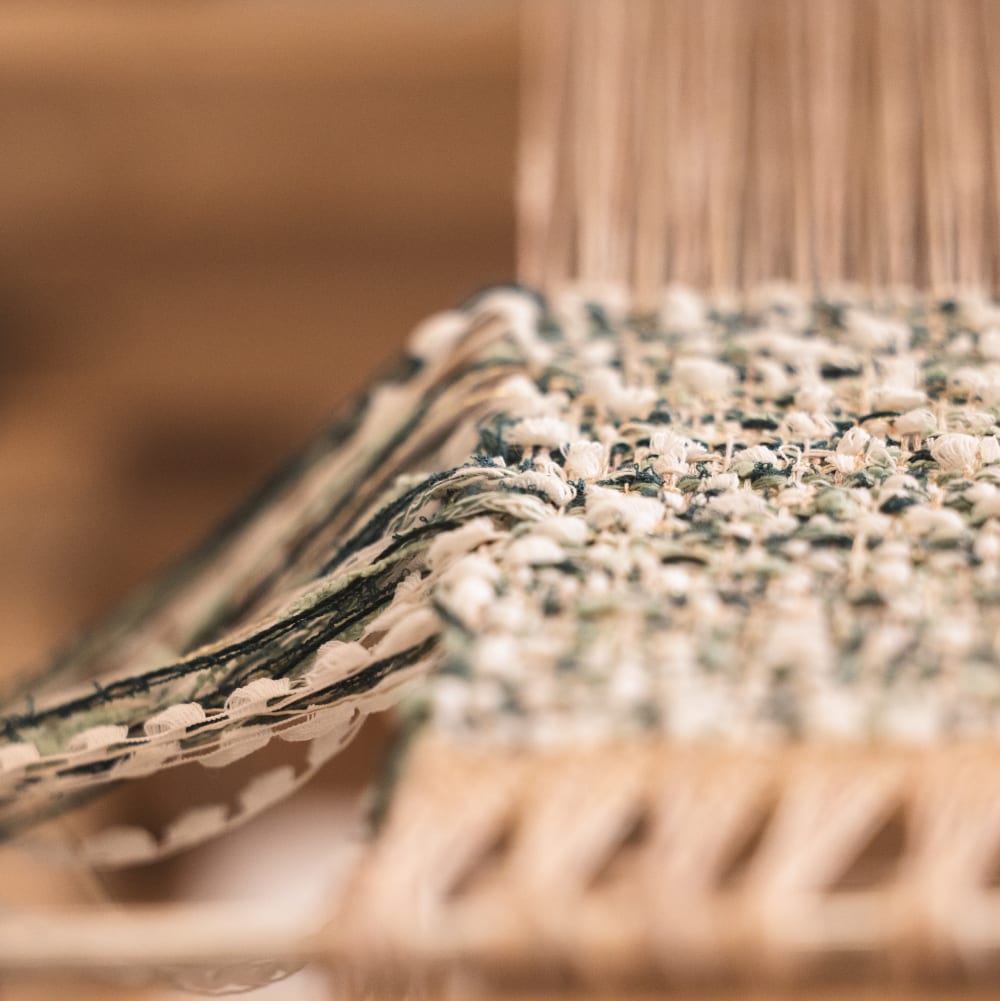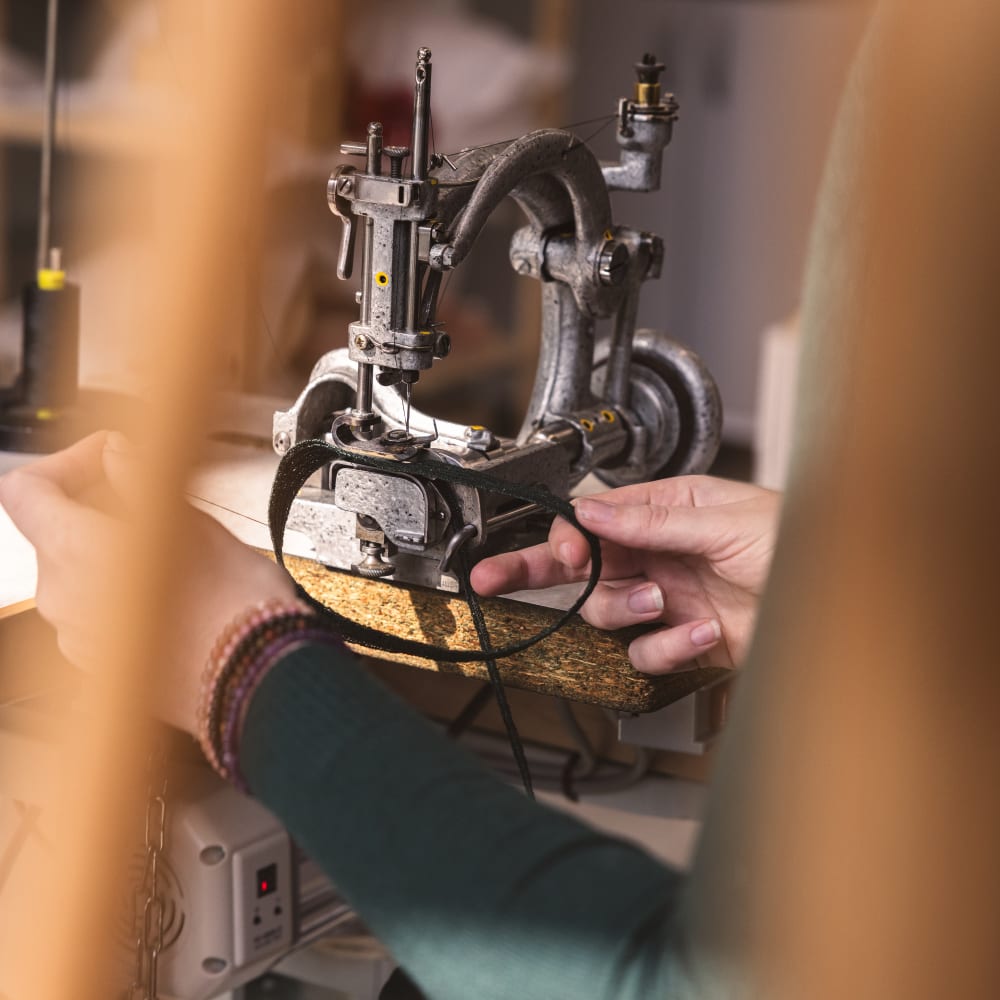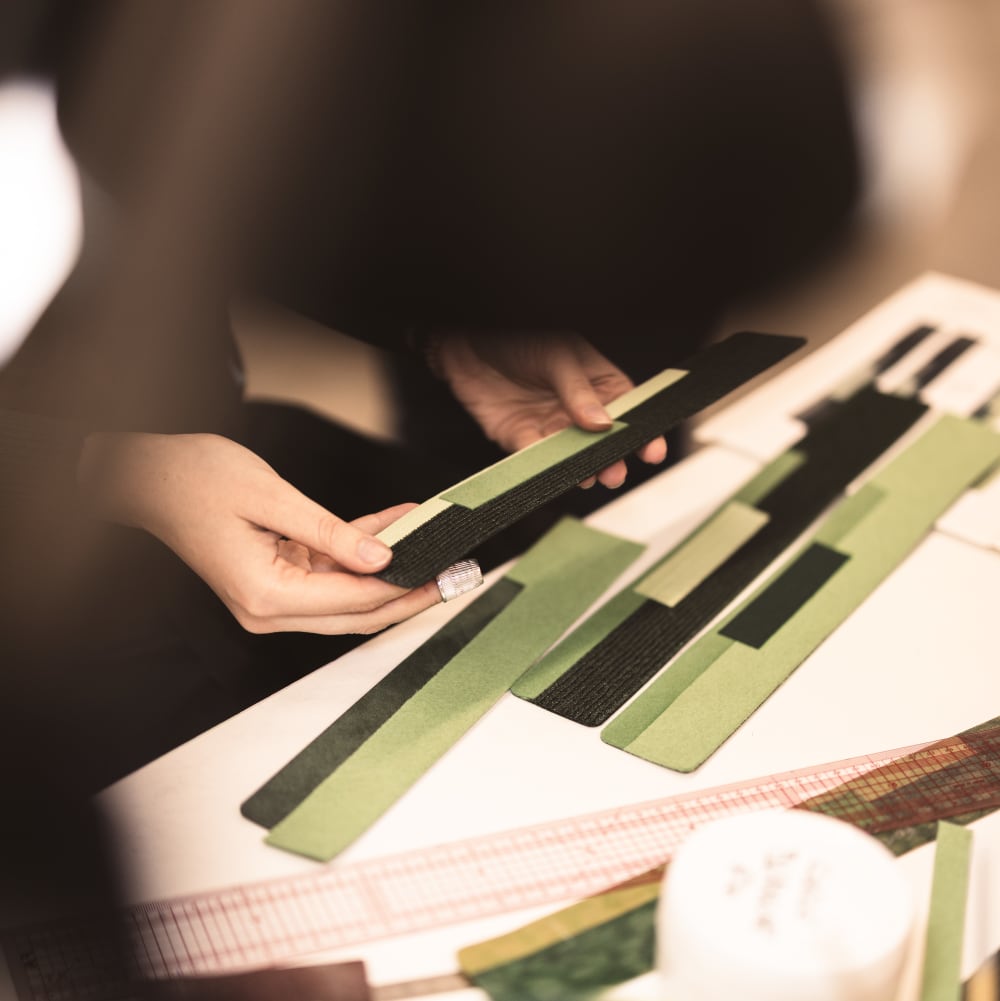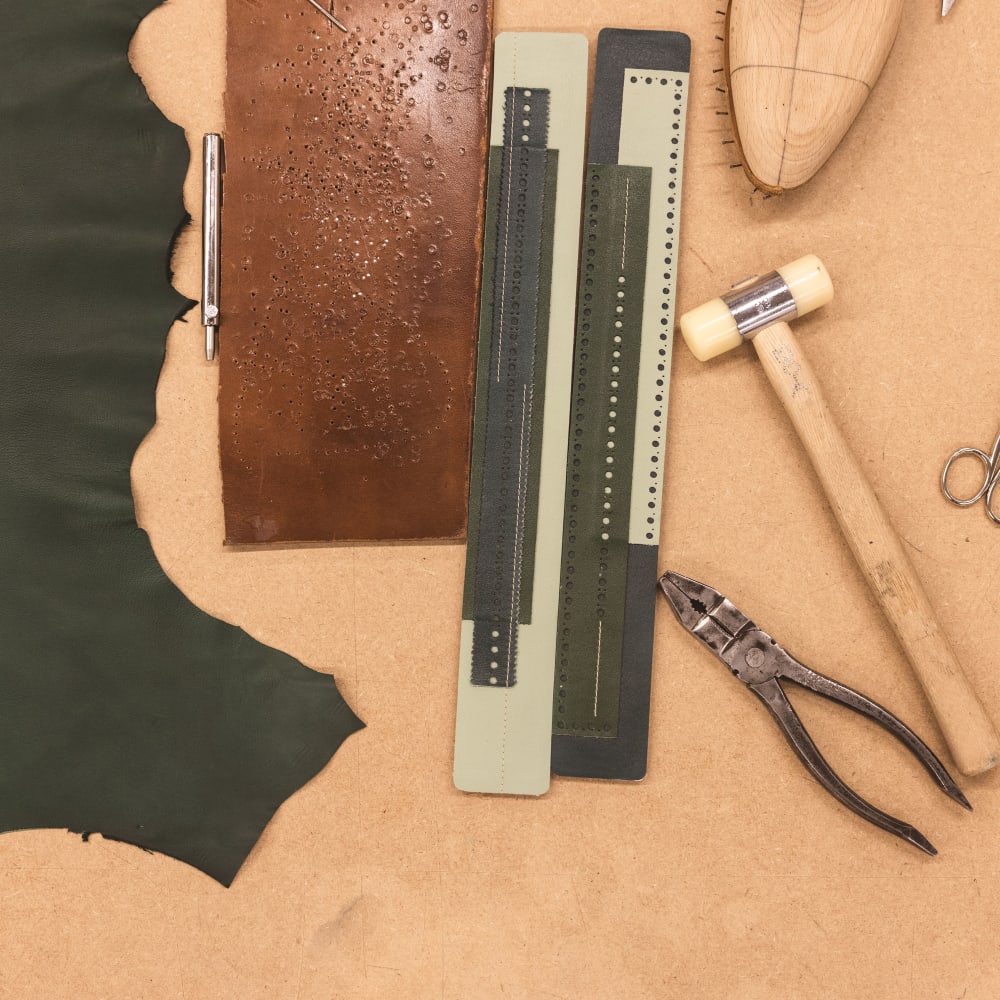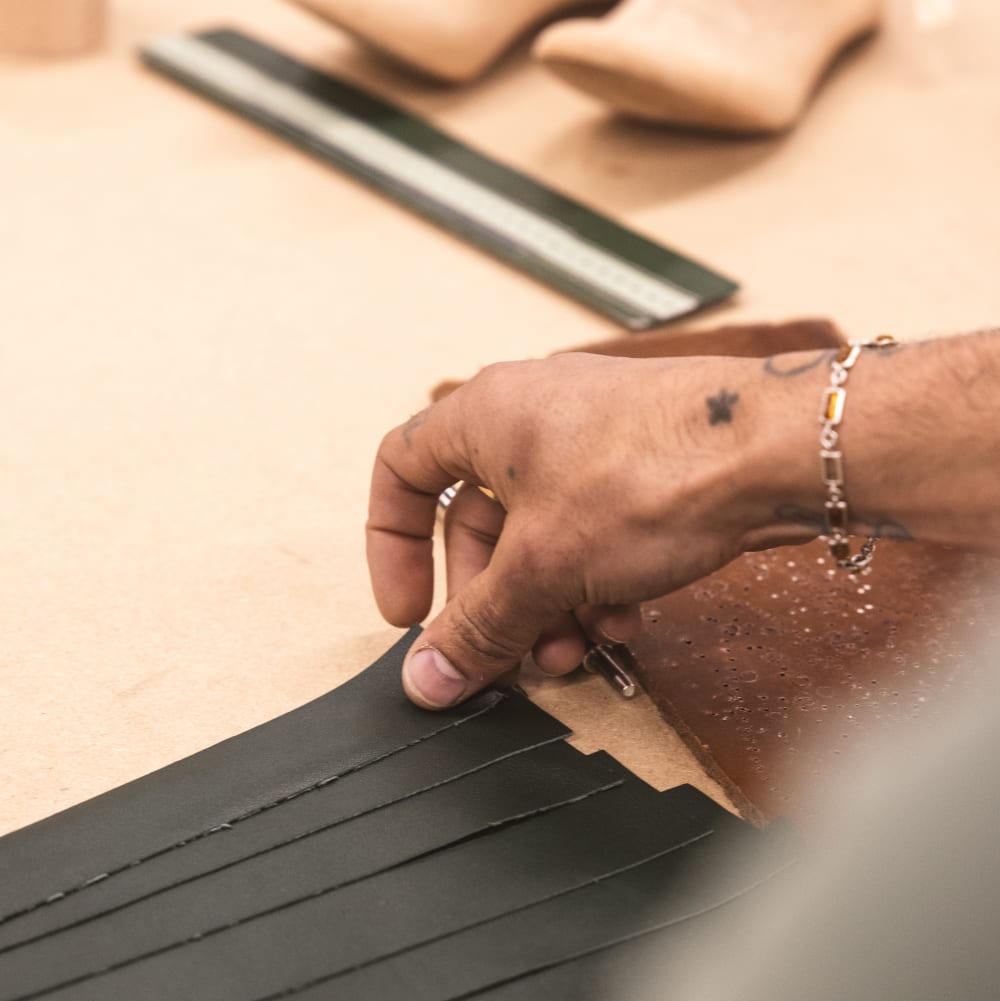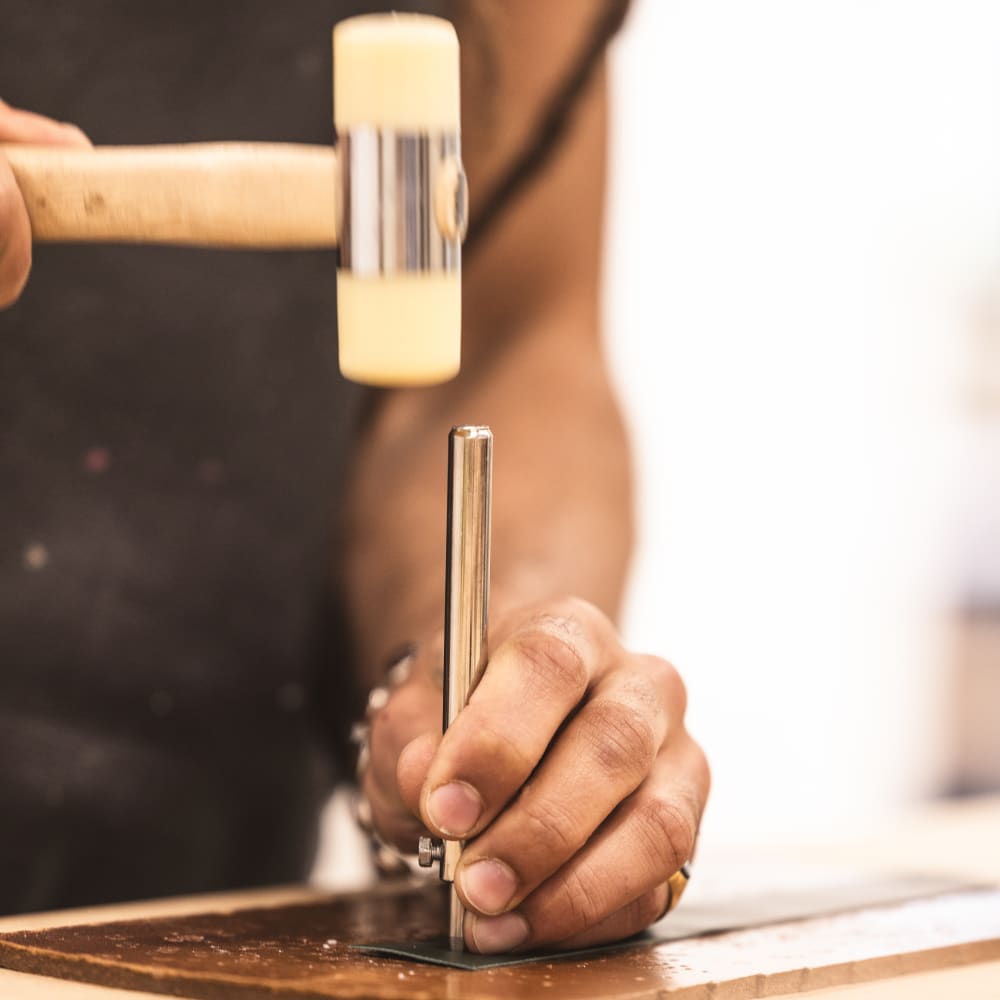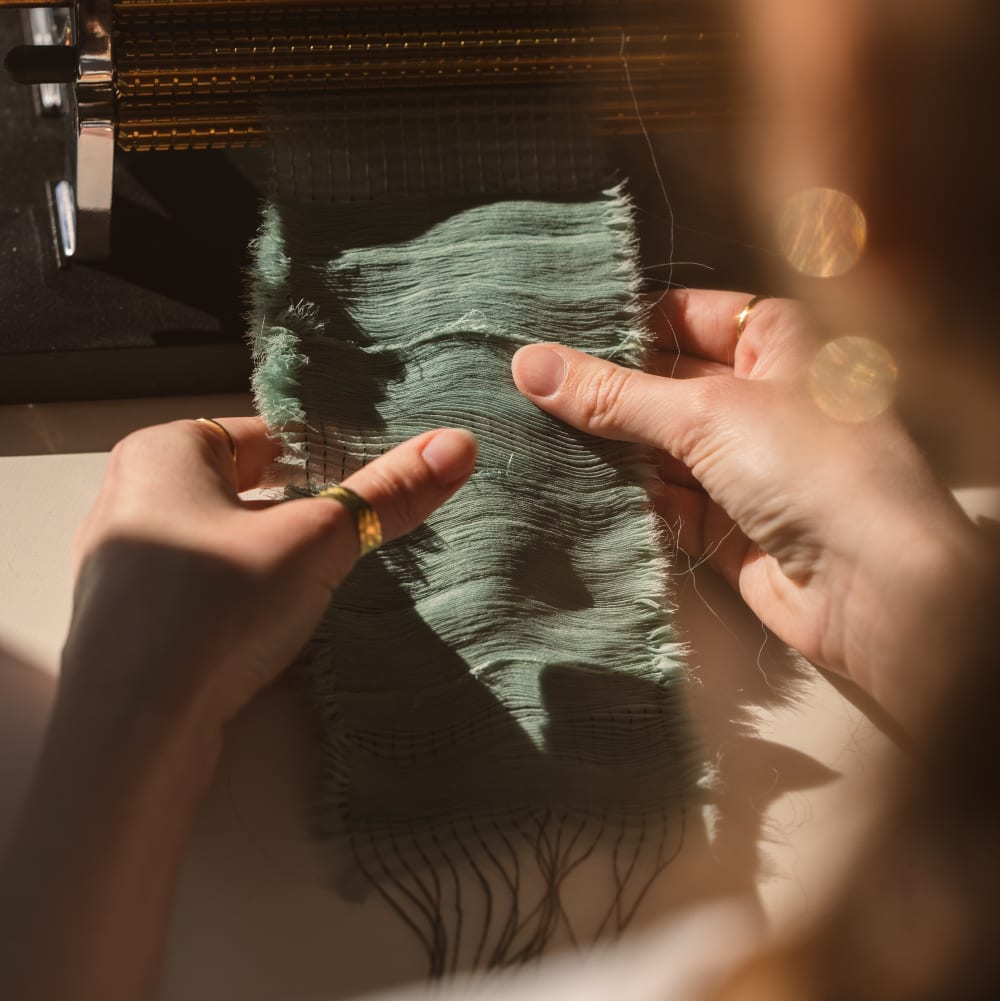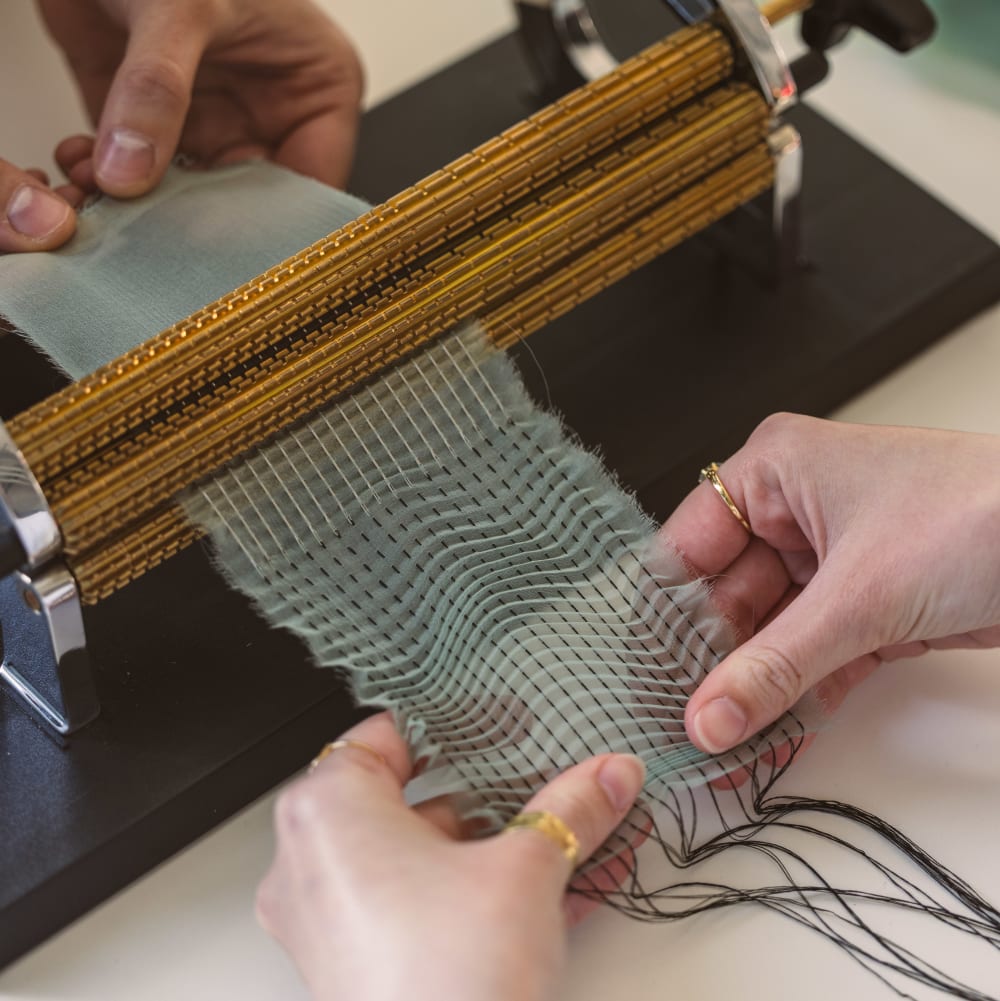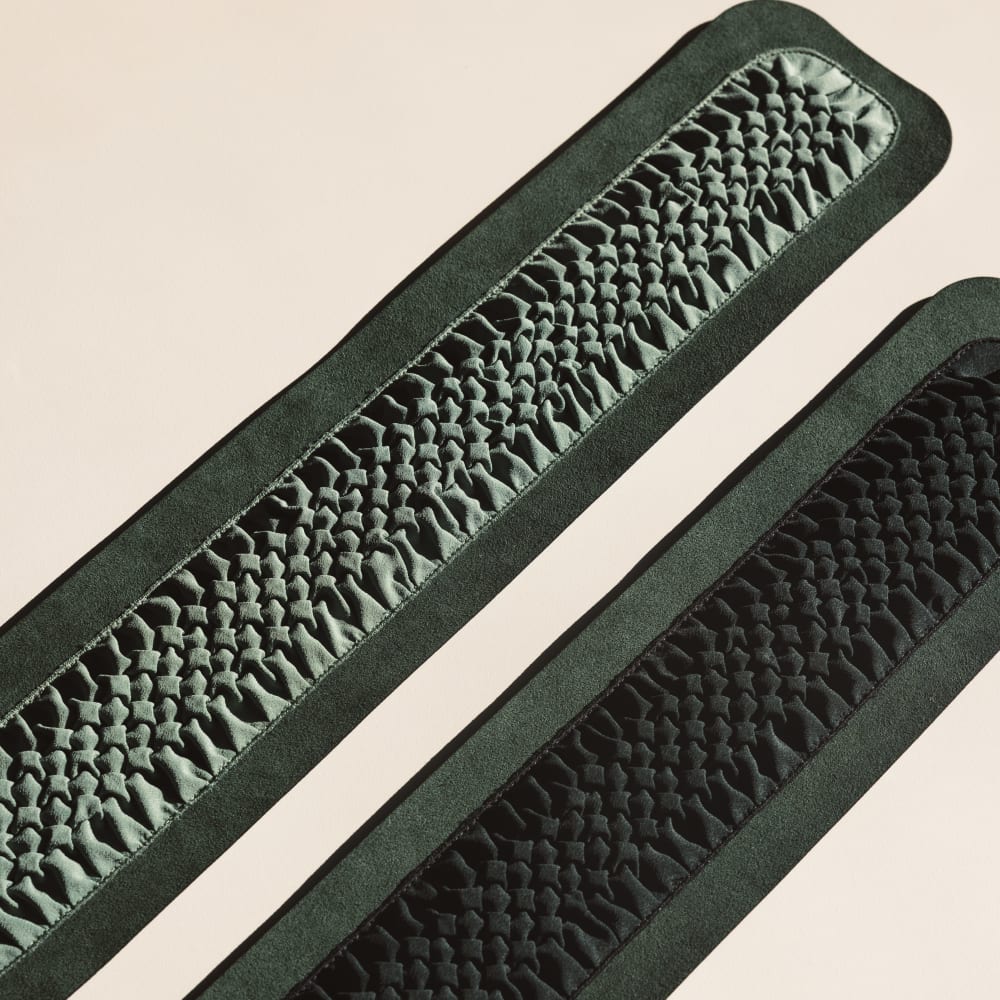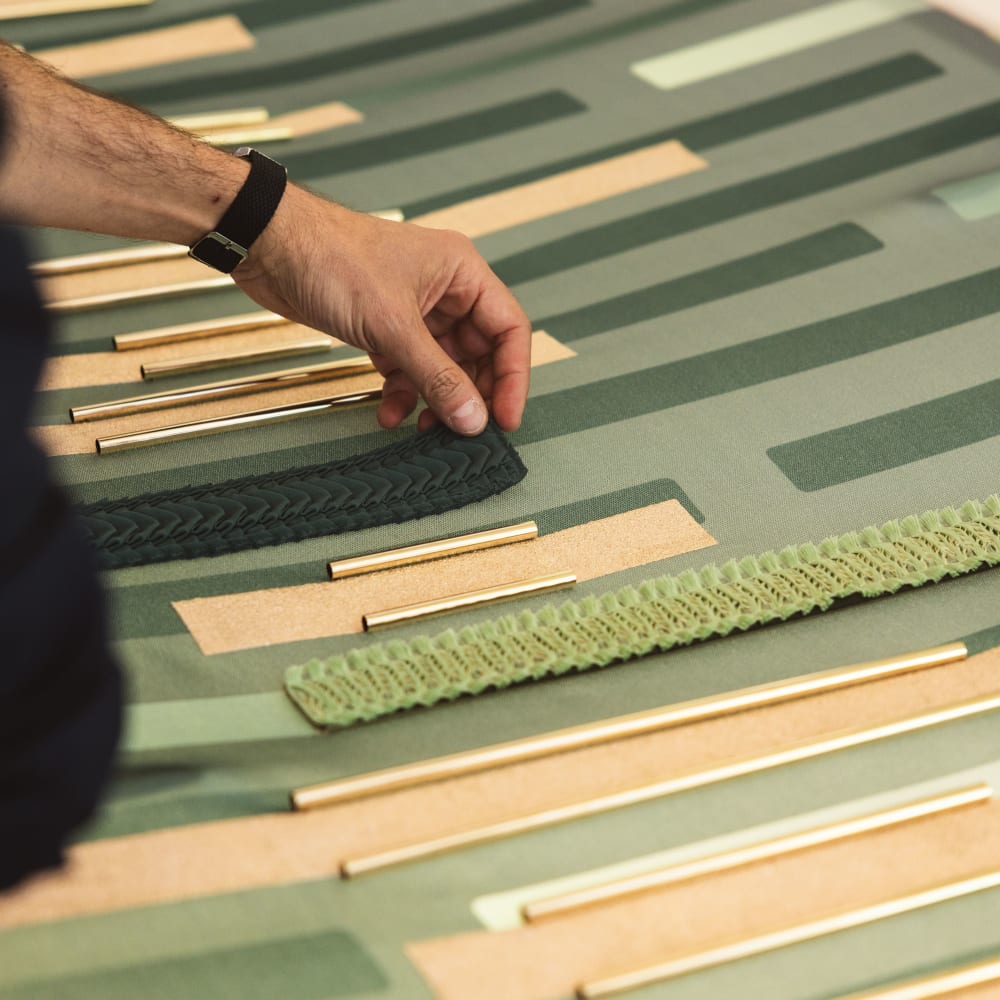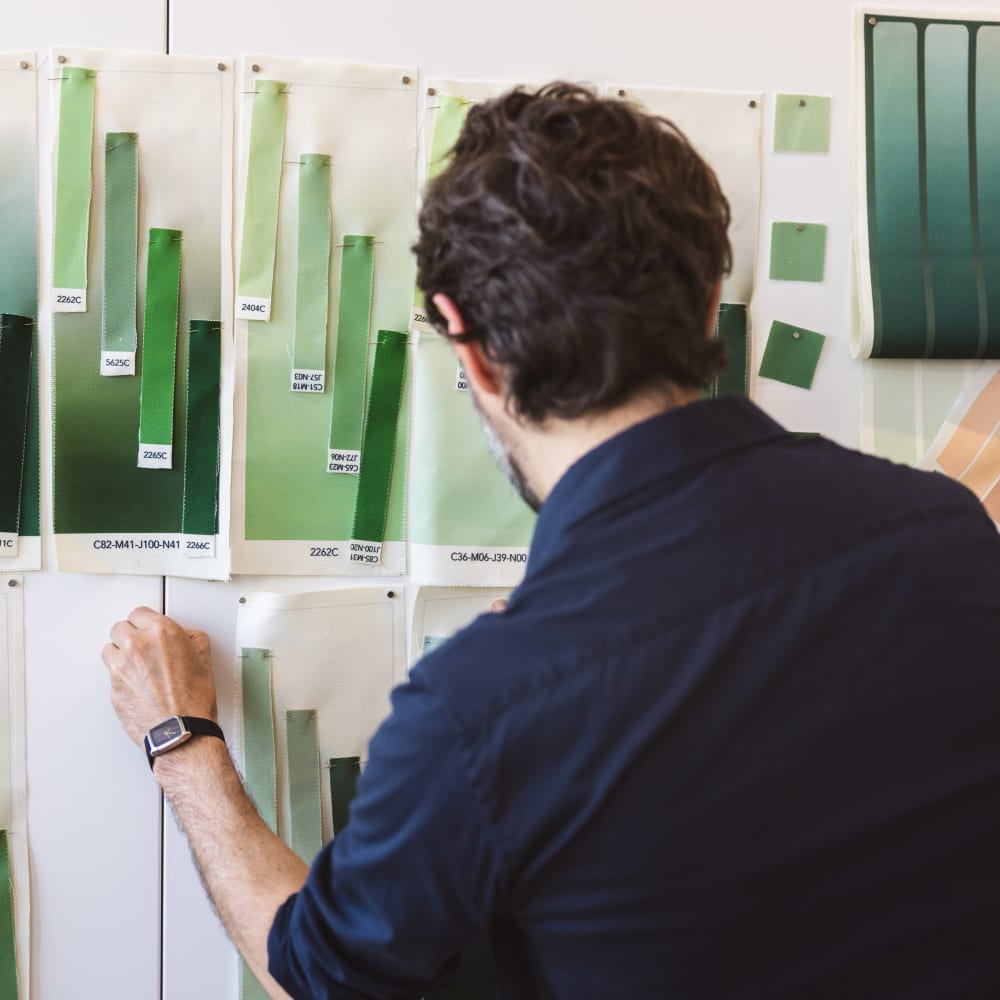le19M brings together the expertise of all its resident Maisons d’art to design an ornamental curtain for the Grand Palais

A veritable laboratory of excellence in fashion and decoration, le19M has brought together the expertise of all its resident Maisons d’art—Atelier Montex, Lesage, Goossens, Lemarié and Atelier Lognon, Massaro, Maison Michel, Paloma, and Studio MTX—to create this collective piece.
For the first time, these exceptional crafts are being presented in a monumental architectural setting, opening up a new field of expression. Within this sculptural artefact, interplays of materials and shapes lead to superpositions and recompostions, creating a new dialogue between cutting-edge technology and creativity.
The result of more than 900 hours of design and 720 hours of meticulous work, this exceptional curtain is a tribute to the virtuosity of the Maisons d’art. Even when open, the curtain reveals side panels, like a delicate echo of the craftsmen’s gestures.
Atelier Montex
Founded in 1949, Atelier Montex is a Parisian Haute Couture embroidery house that combines traditional craft and innovation.
For the monumental curtain of the Grand Palais, Atelier Montex developed embroideries inspired by constructivist architecture, playing with rhythm and geometry. This needlework creation uses tubes raised by beads, giving volume to the embroidery. The threads create colour through the transparency of the glass tubes, with a gradient of shades of green enriched with gold, recalling the hues of the architecture of the Grand Palais.
Goossens
An exceptional goldsmith and jeweller since its beginnings in 1950, Goossens designs objects and furniture that draw on its unique savoir-faire and singular aesthetic.
For the monumental curtain of the Grand Palais, Goossens’ craftsmen fashioned cherry blossoms in gilded brass, hammered and textured by hand to become almost evanescent, as if touched by rain. Each piece is unique, presenting different effects and chasings, somewhere between art and goldsmithing.
Lemarié and the Ateliers Lognon
Founded in 1880 and renowned for its historic savoir-faire in featherwork, Maison Lemarié also excels in the art of flower-making, sewing, textile finishing and, since the integration of Atelier Lognon in 2013, pleating.
For the monumental curtain of the Grand Palais, Lemarié’s artisans used their savoir-faire to create both a delicate feather marquetry forming a geometric and sculptural constellation and a fanciful accordion pleat made of muslin, using a traditional technique executed in perfect harmony by a duo of pleaters.
Lesage
A leading embroiderer since 1924, Lesage has been a partner to the biggest names in fashion and decoration for 100 years.
For the monumental curtain of the Grand Palais, the Lesage artisans created a cotton tweed with green threads illuminated by white and gold sparkles, which appears as if devoured by an embroidery made using the Lunéville crochet technique. The work is dotted with resin flowers and gold beads, foliage of beads and sequins, and enhanced by drops of crystal.
Maison Michel
Maison Michel is a constantly evolving creative laboratory, renowned for its savoir-faire in making exceptional hats since 1936.
For the monumental curtain of the Grand Palais, Maison Michel’s artisans assembled and layered several materials in a subtle collage: felt, grosgrain and straw (raffia), illustrating the Maison’s expertise in millinery, hat-making, and straw craftsmanship.
Massaro
Massaro, a Parisian shoemaker since 1894, has set the standard in bespoke footwear for fashion designers, luxury brands, and Haute Couture.
For the monumental curtain of the Grand Palais, Massaro drew inspiration from the “floral tips” typical of English brogues (floral motifs affixed to the front of the shoe) to create notched leather strips, hand-stitched with waxed linen thread and then dyed at the edges.
Paloma
A manufacturer of excellence since 1982, Maison Paloma specialises in working with flou and grand flou fabrics, manipulating and assembling designs with exceptional finesse.
For this project, Maison Paloma used two smocking techniques, a meticulous savoir-faire combining embroidery and textile finishing that is being carried on by its artisans. The first motif creates regular, meticulous pleats that enhance a crêpe de Chine fabric. The second, created on silk organza, reveals gathers held together by delicate embroidery stitches.
Studio MTX
Both a design office and a production workshop specialising in architectural embroidery, Studio MTX conceives, designs, and creates unique materials for interior designers and architects, born from a unique combination of techniques drawn from different fields of applied arts, including embroidery, weaving, tapestry, and leatherwork.
Studio MTX designed and orchestrated the creation of the monumental curtain for the Grand Palais, a symphonic score in which each fashion house revealed its own signature style through its emblematic savoir-faire.
